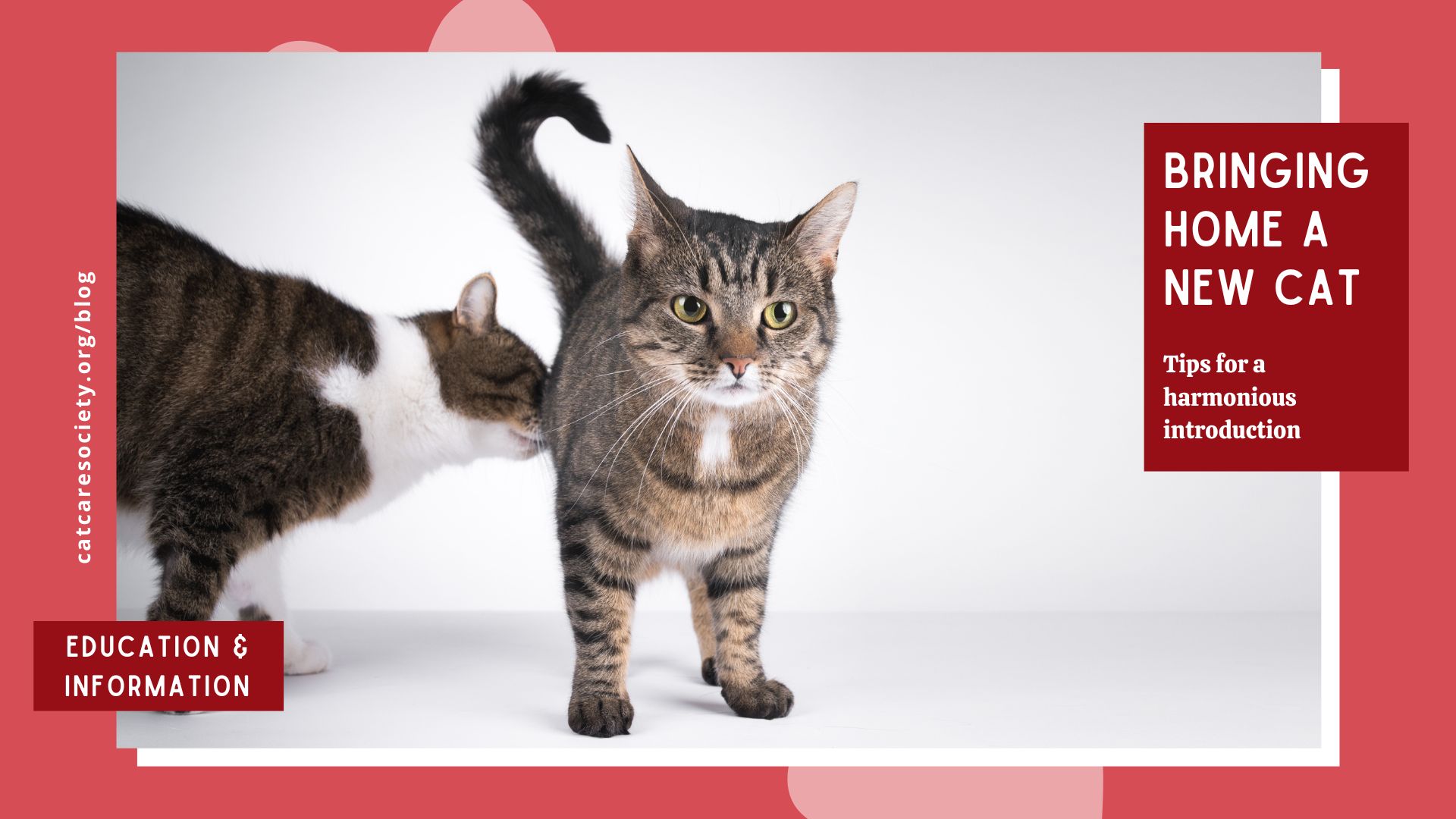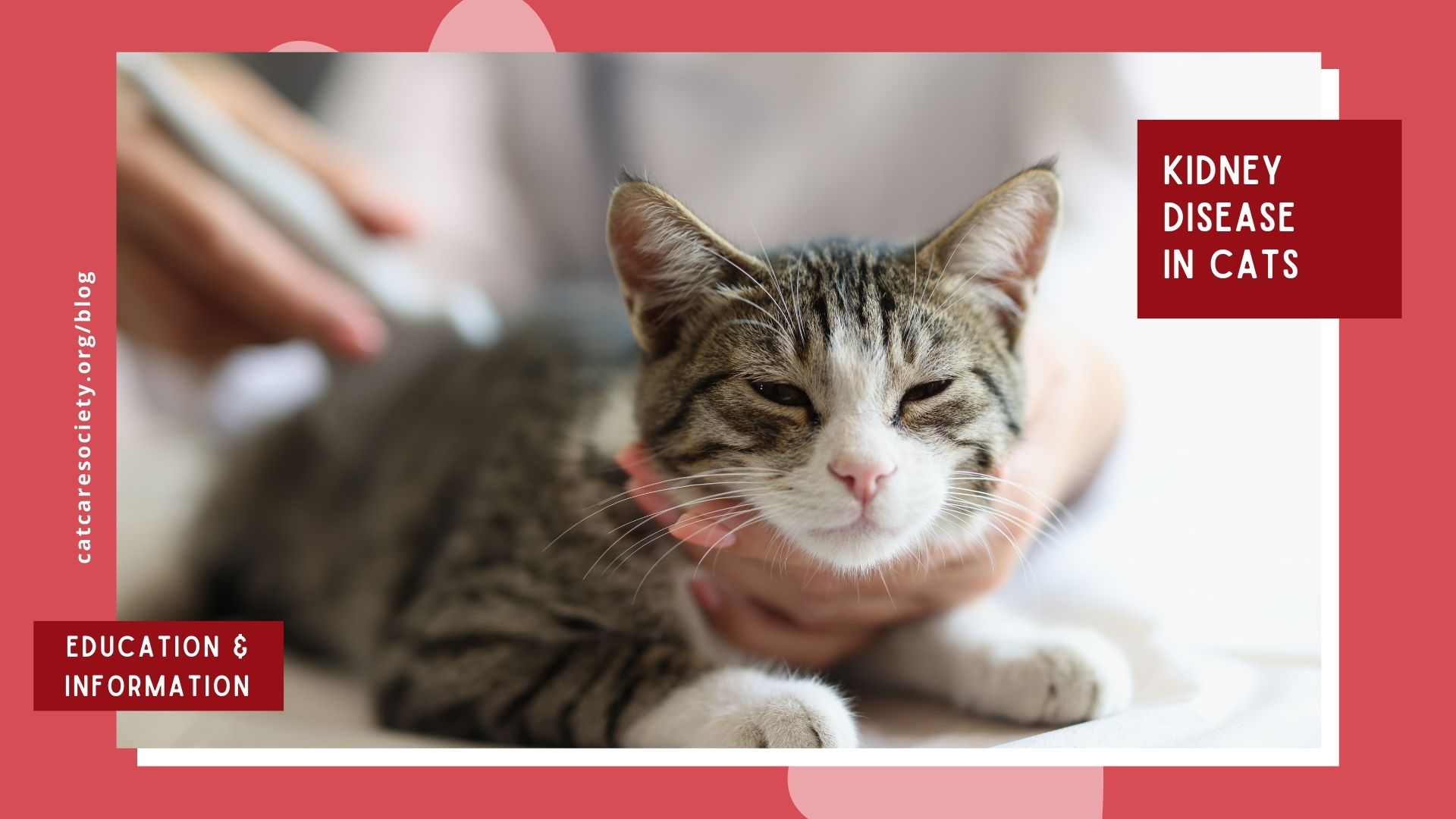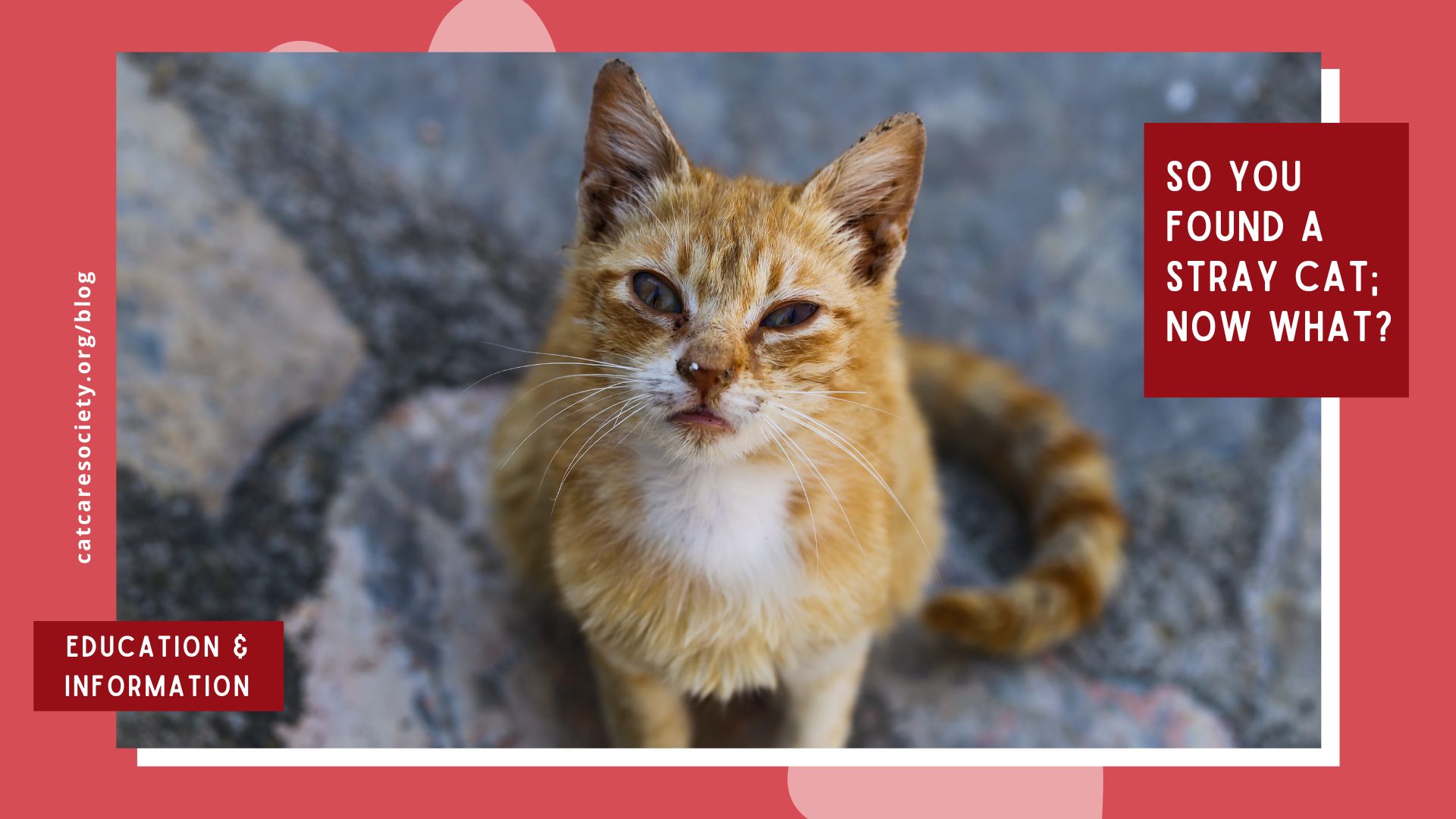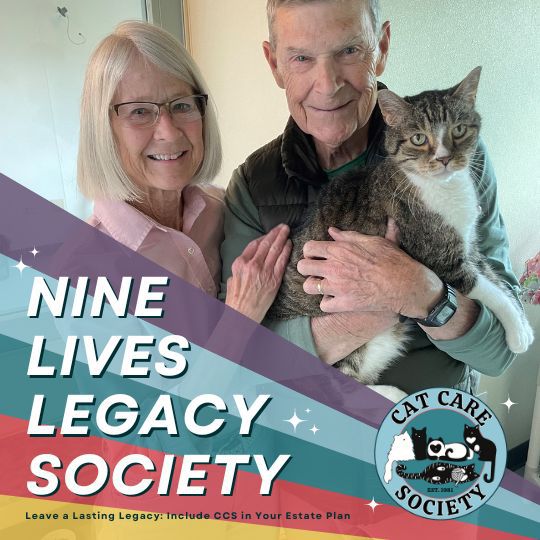Jump to: Why 2 Kittens Are Better Than 1 | What’s the Deal with “Kitten Season?”
So you adopted — or are thinking about adopting — a new kitten. Congrats! These tiny furballs bring so much love and joy to a home, but they also need quite a bit of care! Without proper support from the start, your little one may develop some bad habits that are hard to break as adults.
We all know that kittens bring lots of energy and are oh so cute, but caring for a baby cat goes well beyond just playing with the little fluffy ones. Here’s what you most need to keep in mind when bringing a kitten into your household.
Kitten Stages, Socialization, Play & Behavior
Socializing from a young age helps make everyday items more normal and creates less fear. Less fear in cats creates more confident and comfortable cats who can adapt to change and have fewer behavioral problems later in life. This also helps you create a stronger relationship with your cat!
It’s also a good idea to begin desensitizing them to things like grooming and handling to begin building positive associations. Ask a friend to help feed them while you trim their nails or brush them. Gently look in their ears, eyes and mouth like the vet would do.
Leave a carrier out for them to get used to, and move it around the house. Put treats or feed meals there, and use it for transportation to playtime sessions.
According to Billie Reynolds, owner of Good Kitty Behavior Consulting and Training, a cat’s period of socialization with non-littermates best happens when they are 7-14 weeks old. This is when social and object play increases their coordination and social skills and can happen directly with themselves, with people or with other animals. It can include climbing, hugging, ambushing, licking, pawing, mouthing, holding, chasing, pouncing, leaping and dancing.
We don’t yet want to discourage natural behaviors like rabbit kicking because kittens are practicing, but we can redirect unwanted actions onto appropriate items.
Make a point to offer interactive play on a routine basis with your kitten. It’s best to aim for toys that mimic natural prey or predator interaction (such as a bird, bug or mouse). Fishing poles and Da Bird are two great options. Aim for about 10 minutes per play session. After playtime, offer a high-protein snack, which is what they would enjoy as a reward after hunting in the wild.
If you have multiple kittens, offer each individual, interactive play time.
When kittens reach 3 to 6 months, they begin learning about their environments and other species. This is when they absorb how to live in a home with humans!
From 6 to 18 months old, kittens have become adolescents and have reached their highest need for energy release and mental stimulation. It marks the beginnings of sexual behavior, so we highly recommend they be spayed or neutered well before this time. If there are other cats in the home, watch for territorial behaviors and add new territories like cat trees and towers, water and food bowls, litter stations and sleeping spots as needed.
When cats reach 18-30 months, they’ve become early adults and begin to establish their own territory. Be sure to continue interactive play and provide plenty of territory options for all cats in the home for the rest of their lives.
To maintain interactive play, you can also add enriching experiences like puzzle toys and feeder balls. When picking out toys, consider your cats’ specific behaviors like whether they use their mouth or paws more when playing. You can even make your own toys using common household items (for ideas, check out this post from ASPCA)! To dig deeper into feline enrichment, check out our partnership with KONG!
How do you know if all of this is working? If your cats seem happy and you don’t have conflict, you are on the right track!
Two Kittens are Better than One
One of the best ways to support the behavioral and emotional development of a kitten is to make sure they’ve got a friend. It may be hard to believe, but two kittens are actually half the work of one! Take it from Kitten Lady, who says one kitten is half a kitten, and two kittens are a whole!
Because kittens thrive when they have feline friends, we recommend adopting two at once — or one if you already have a young, playful cat at home. CCS even has ongoing adoption pricing for this! One kitten’s adoption fee is $150 but two are just $200.
Kittens learn by observation and pick up skills like using the litter box when their pals exhibit that behavior. They also are able to channel their playful aggression on each other rather than an unsuspecting human or piece of furniture. For instance, if one kitten wants to use its mouth and bite down on its sibling, the other cat may scram, and that kitten then learns to be gentler when playing.
Not to mention, cats are social and enjoy having other cats nearby. It’s why we have community cat colonies! After all, it’s comforting to have someone their own size to snuggle with and help them feel comfortable in their surroundings.
If you’ve ever heard the term “single kitten syndrome,” it refers to a kitten who didn’t have litter mates or sometimes even a mother around to teach appropriate behavior and boundaries. Like humans who grow up as only children, they tend to miss out on experiences and activities that siblings go through together. In short, everything they learn as a kitten from the cats around them set them up for more success as an adult.
What’s the Deal with “Kitten Season”?
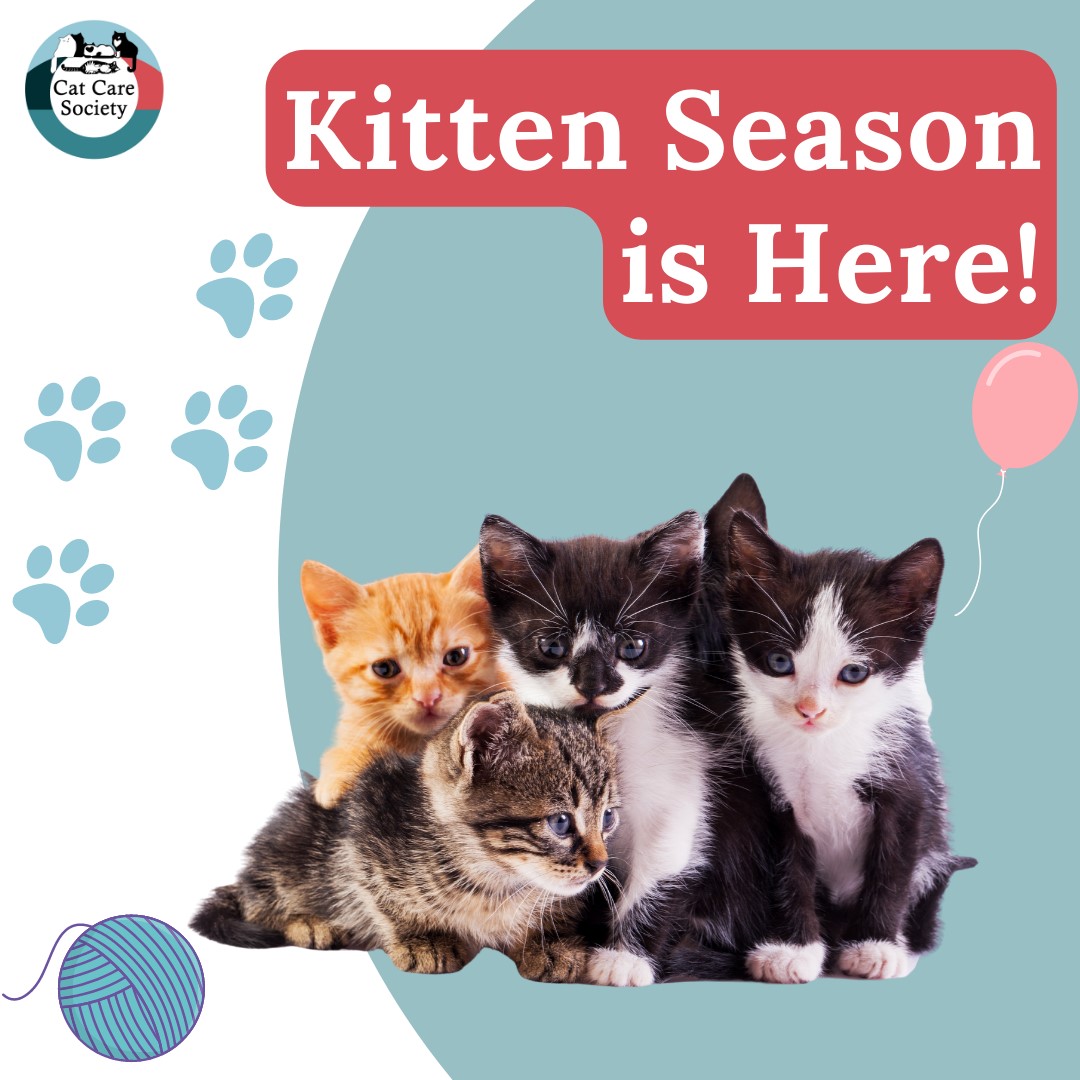
You’ve probably heard the term “kitten season,” but have you ever wondered why kittens are more plentiful during a certain time of year? Just like how humans find certain activities like camping or gardening easier during the warmer months, cats too thrive when the snow starts to melt away.
The days are longer, and there are more resources in the summer (did you know that mice tend to hibernate in the winter?). In climates where there is no winter, places like Florida actually don’t have a kitten season, because it lasts all year there.
Kitten season, or feline breeding season, typically takes place around March through October, and many shelters experience the bulk of their cat and kitten intake during this time. In 2023, Cat Care Society took in 516 kittens!
Momma cats are pregnant for about 60 days. And considering they can have multiple litters a year starting before they even reach 1 year old, it’s no wonder our communities are crawling with cute little kittens. This is why spaying and neutering and TNR work is so important in reducing the stray cat population! If the kittens make it to a shelter or vet, once they reach 2 pounds, they are spayed or neutered and put up for adoption.
Because kitten season is the busiest time of year at the shelter, we rely on our community to help us keep up and save more lives! If you want to get involved, please donate items or funds to support our work, adopt a cat of your own, or consider opening up your home as a foster.
Found a Stray Kitten?
To better understand what to do with a stray, please see our blog post, “So You Found a Stray Cat, Now What?”
To learn more about cat behavior, please consider signing up for an upcoming free educational seminar at the shelter, held on the fourth Saturday of the month at 10 a.m. Find a list of upcoming topics on our website.

